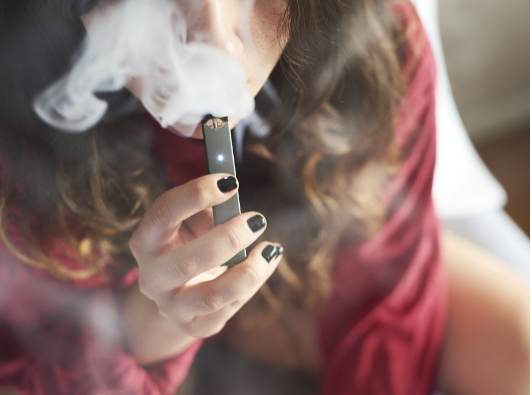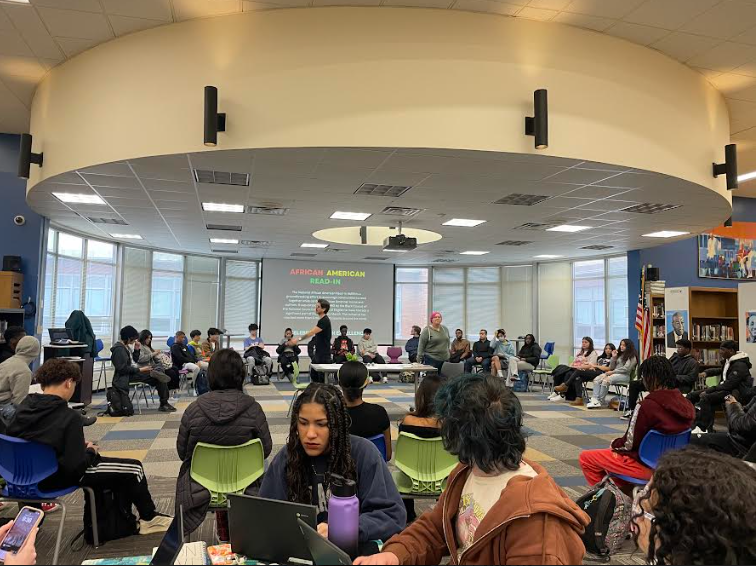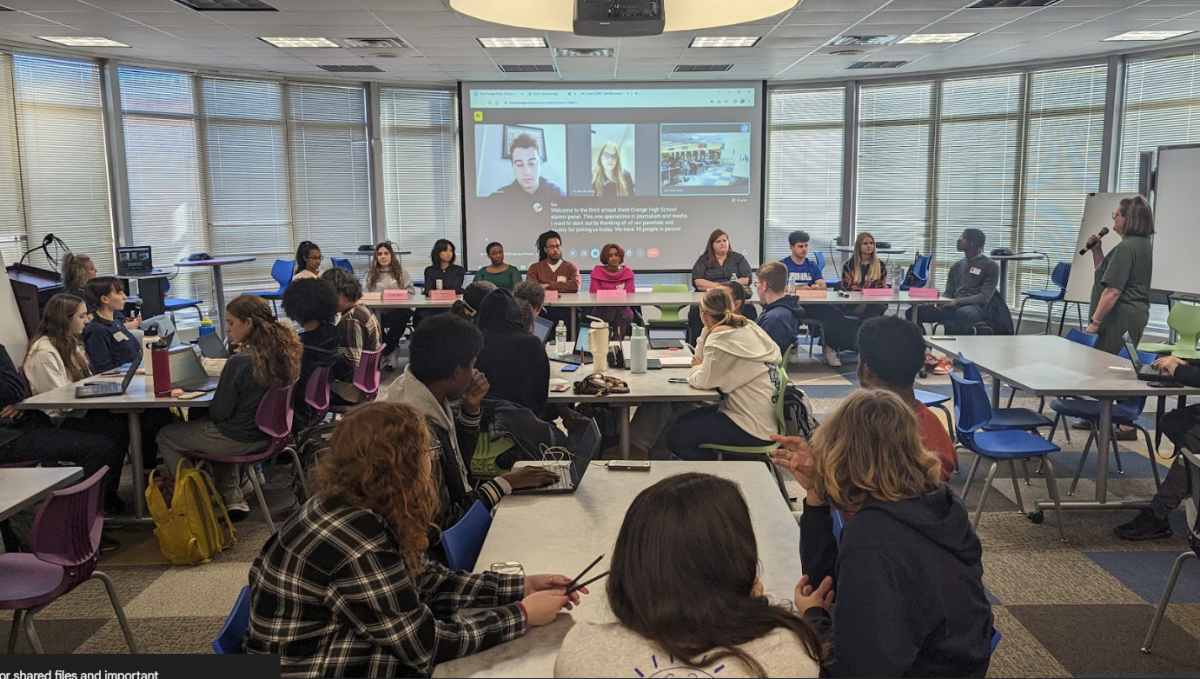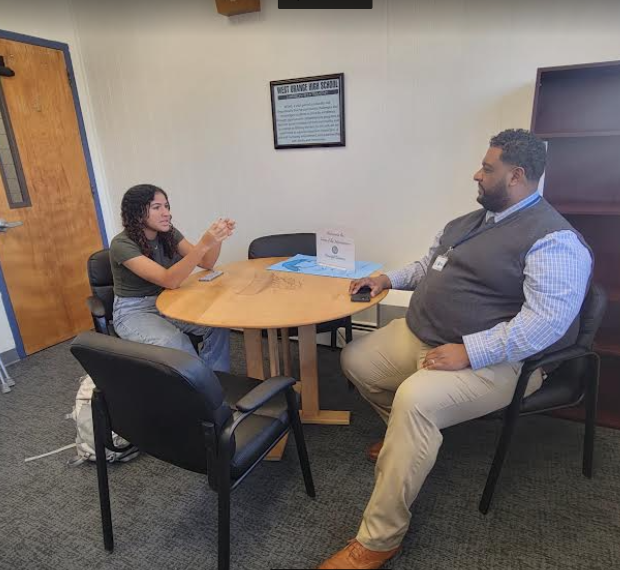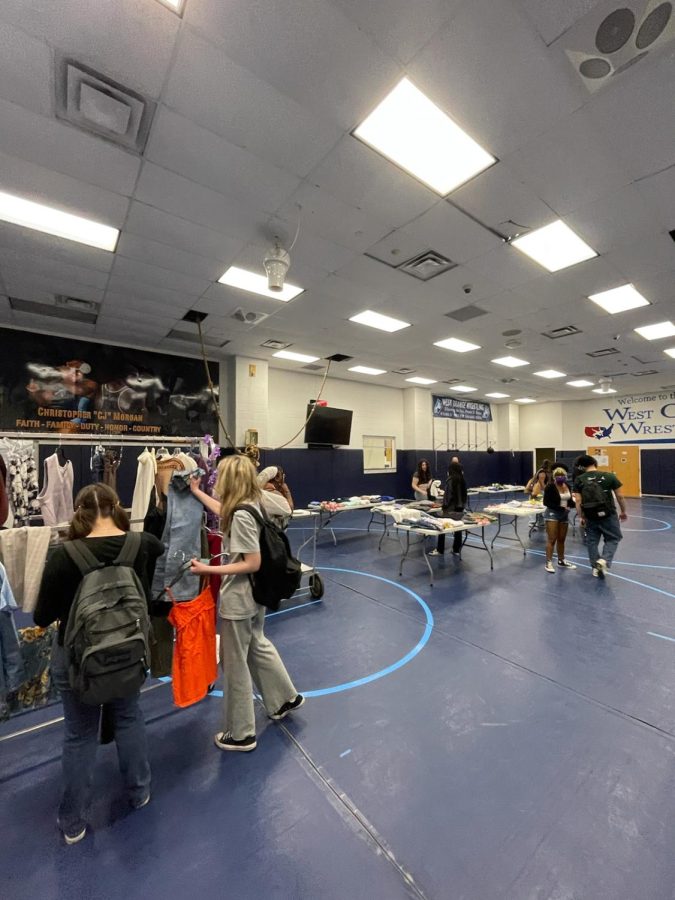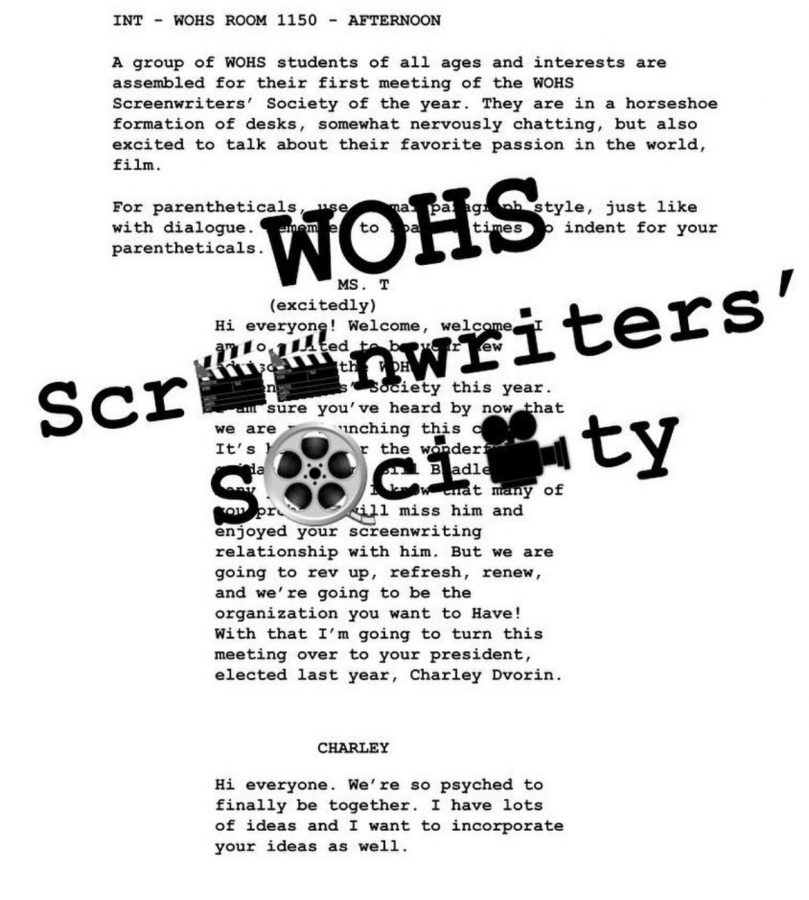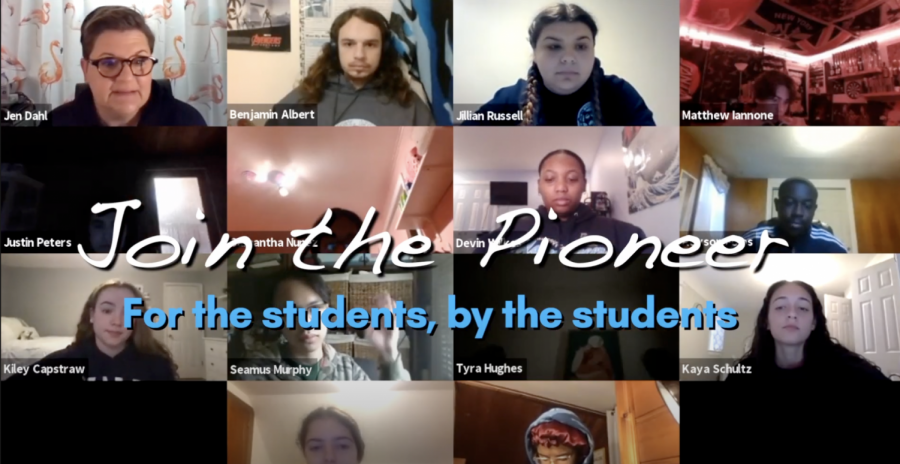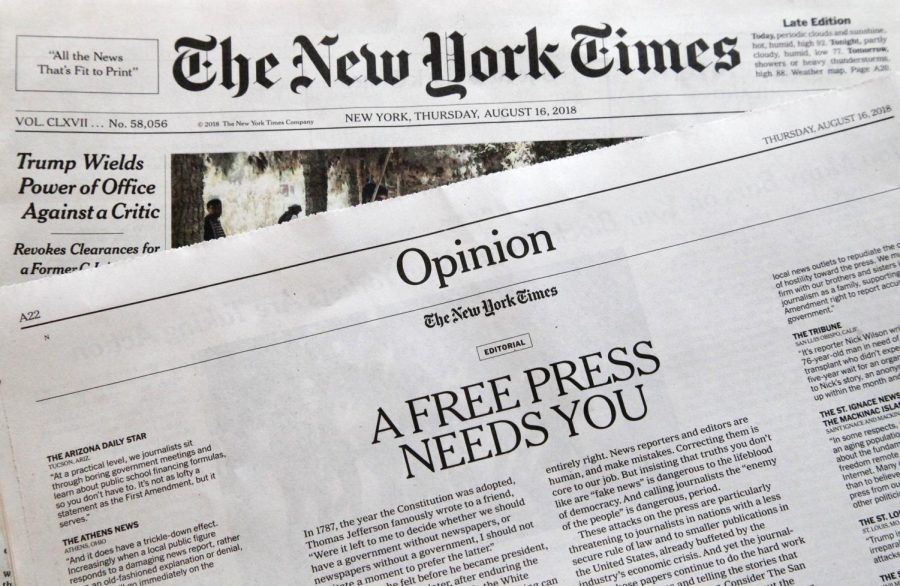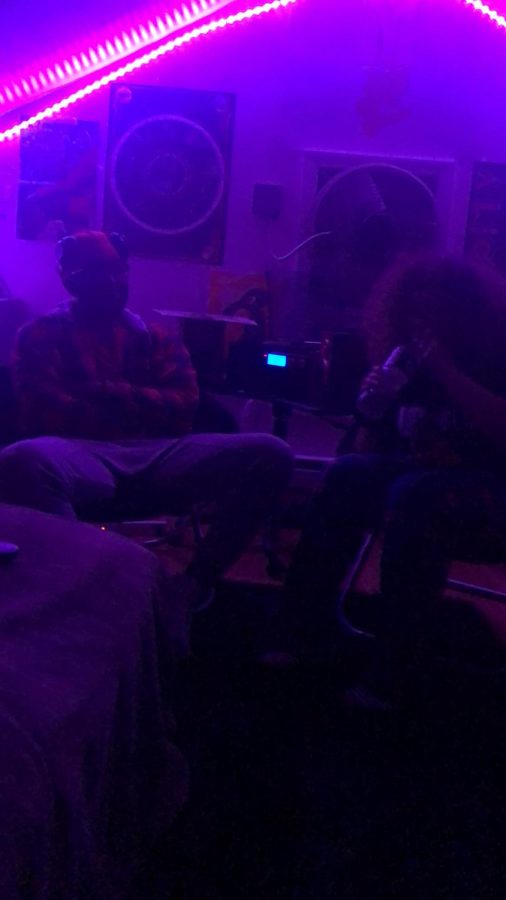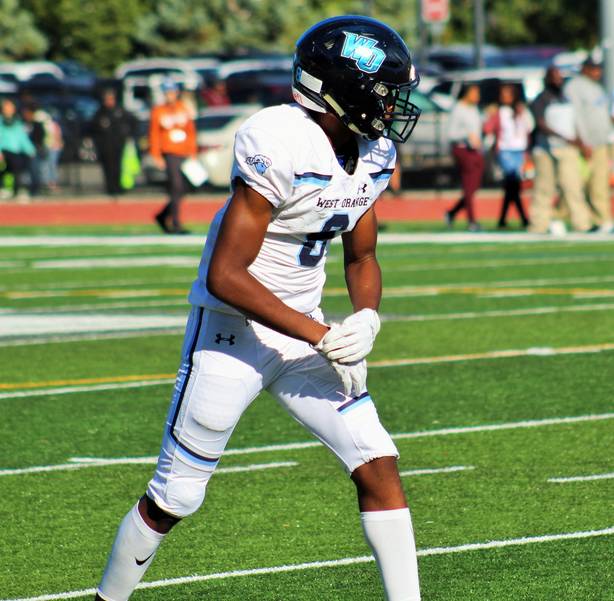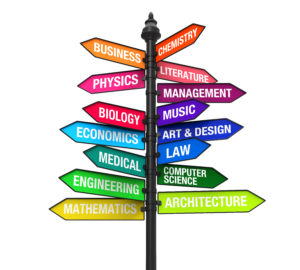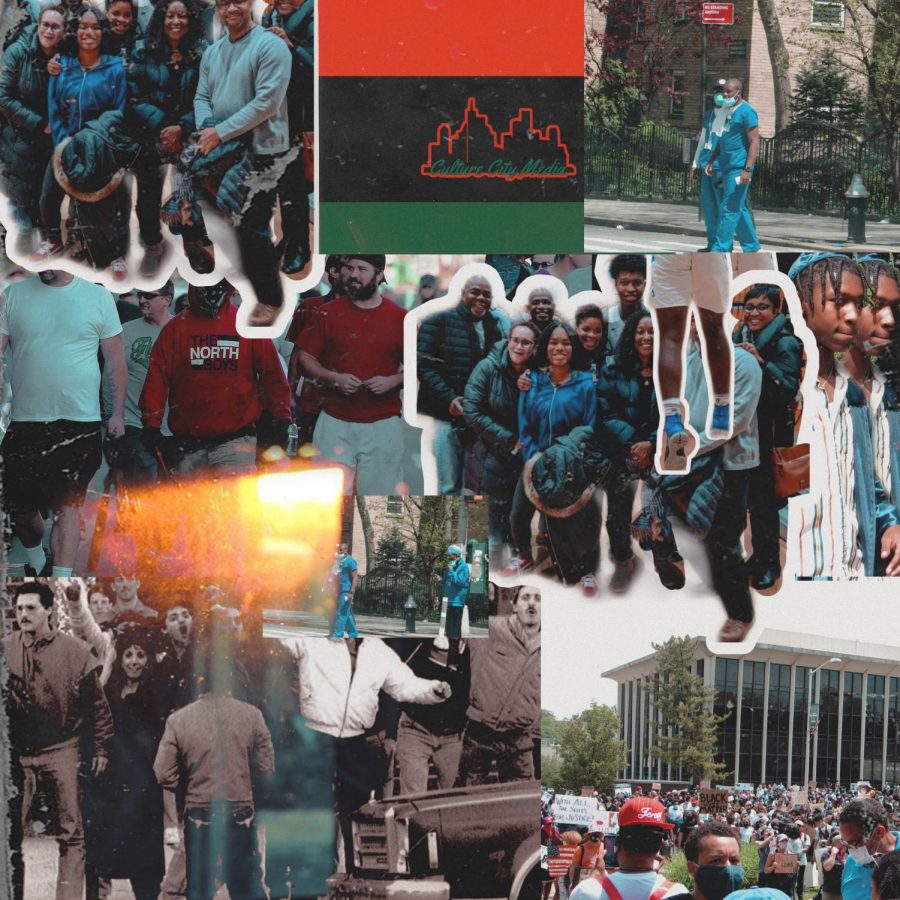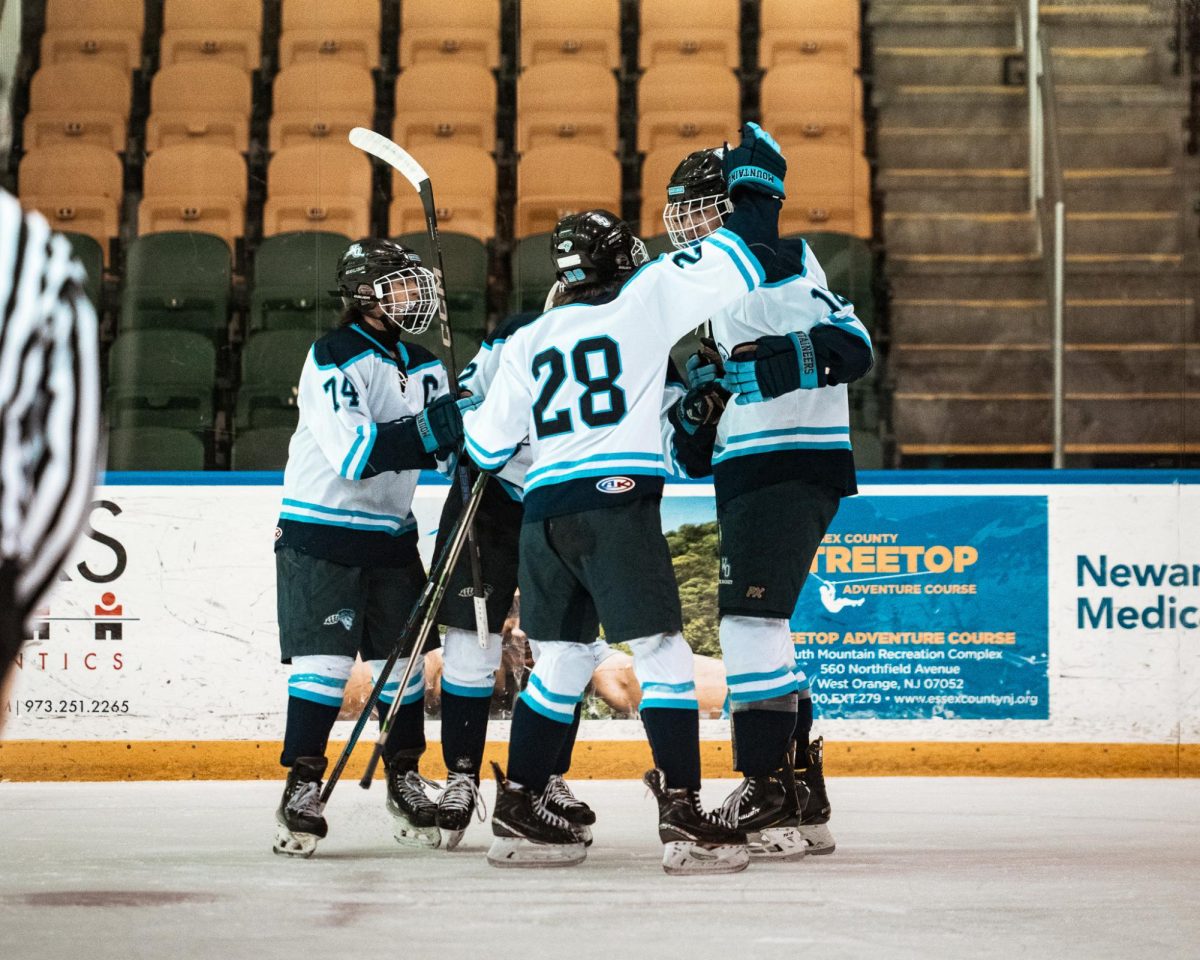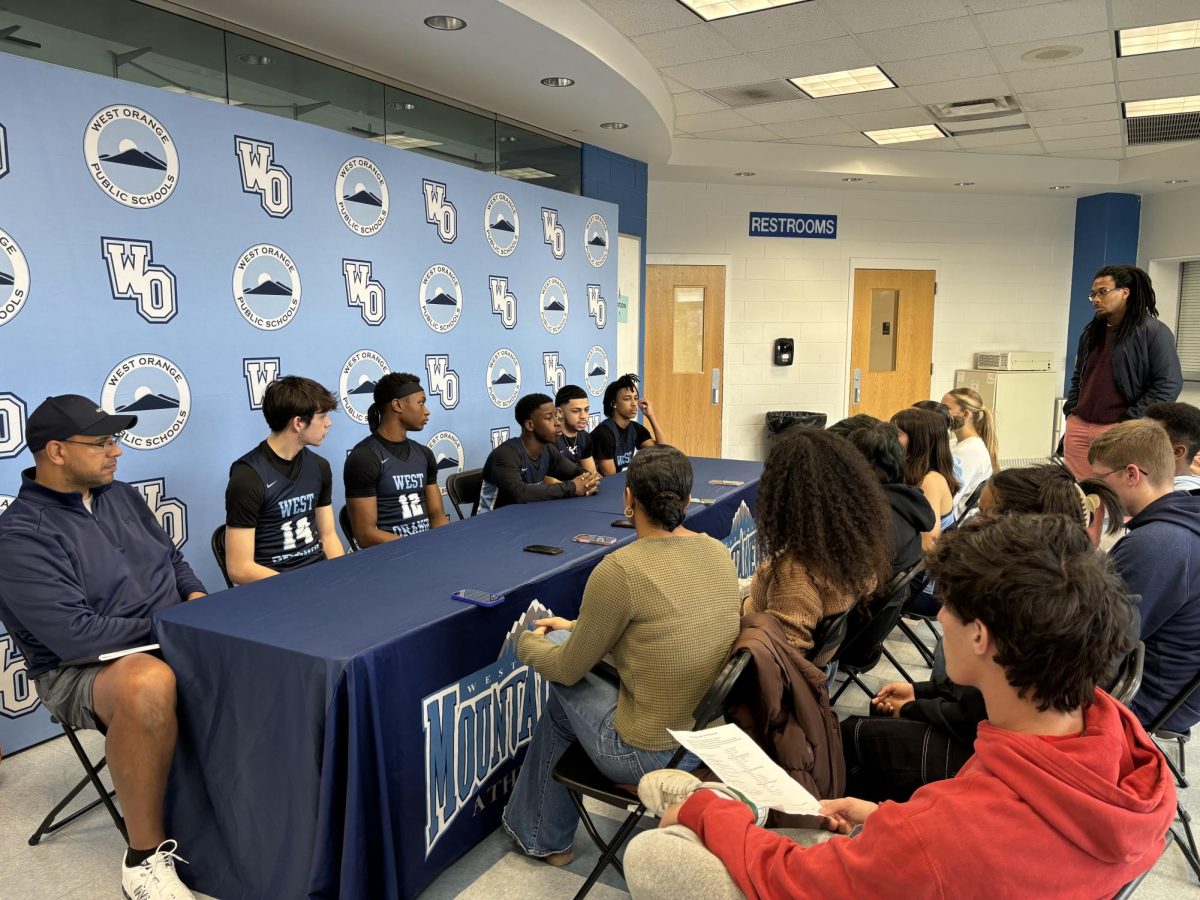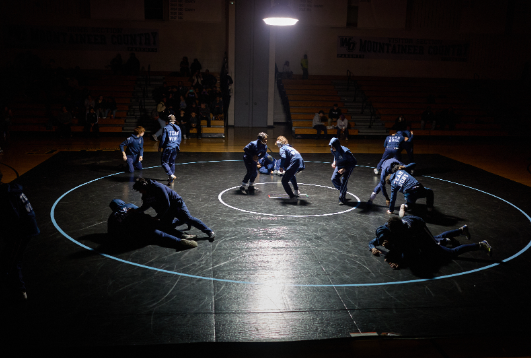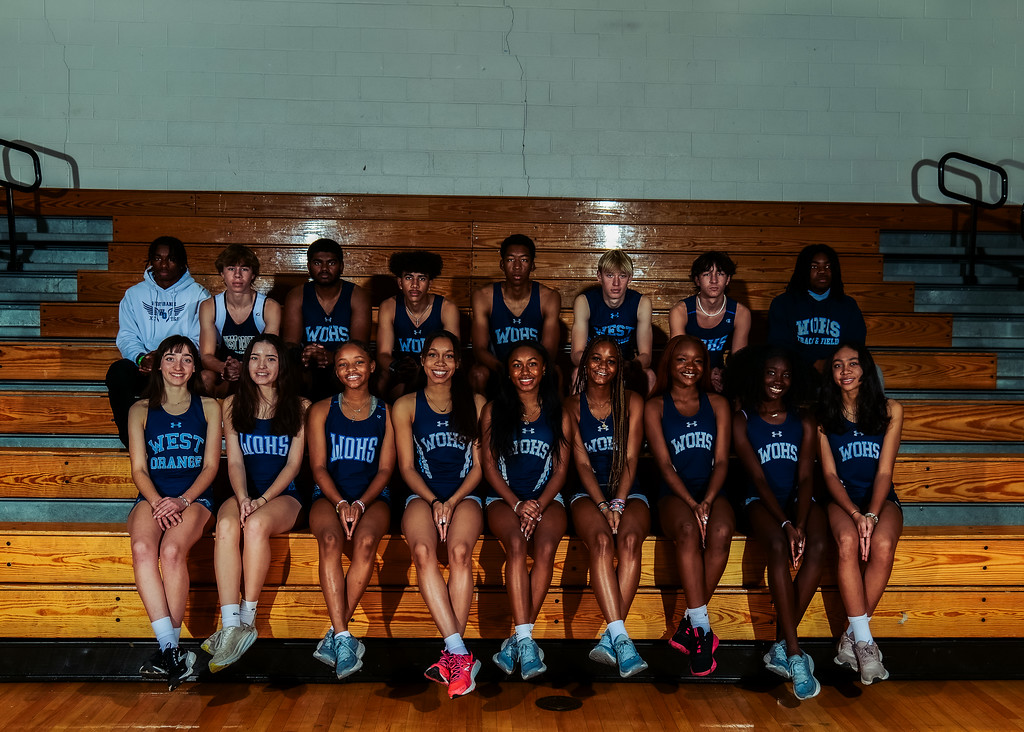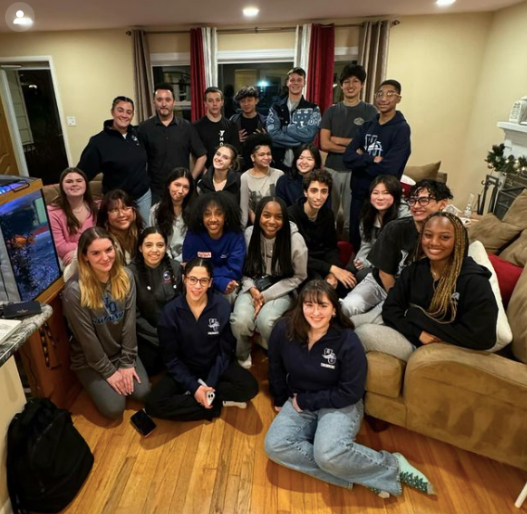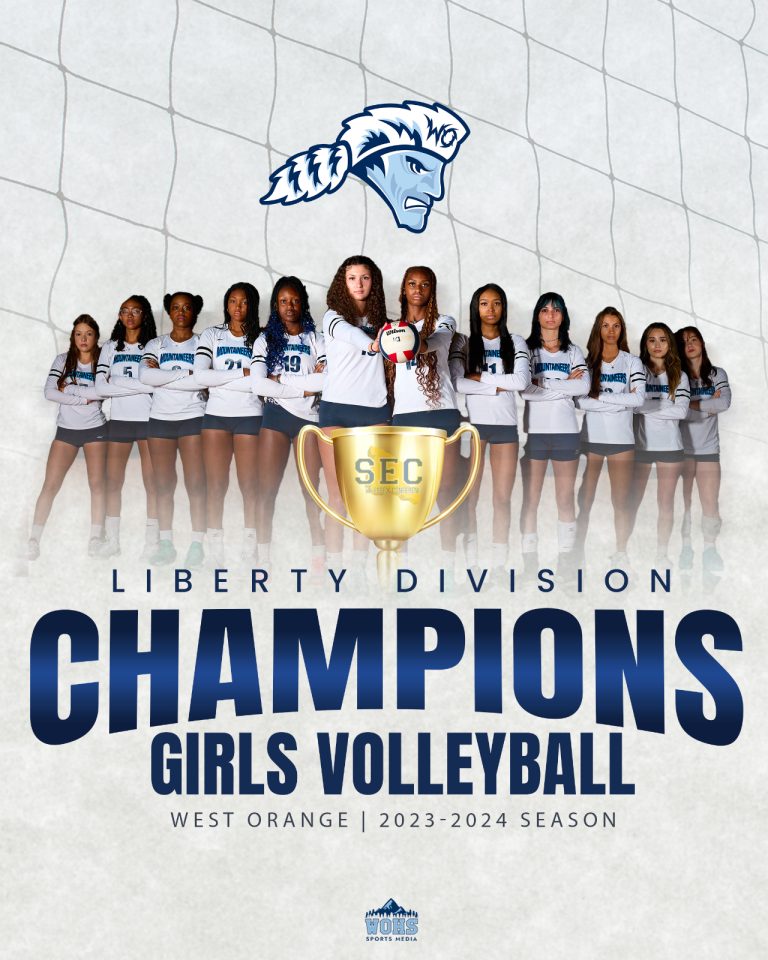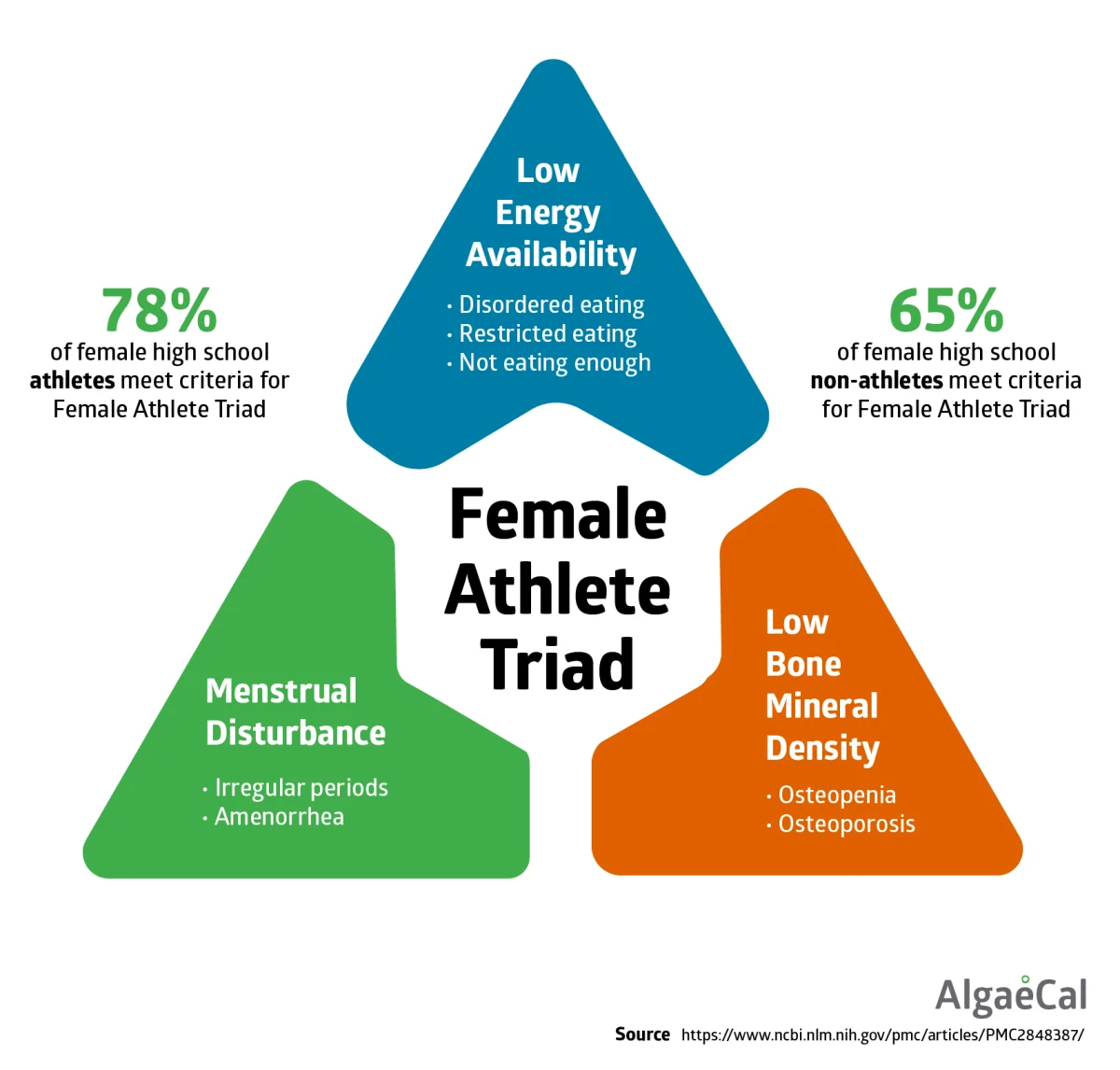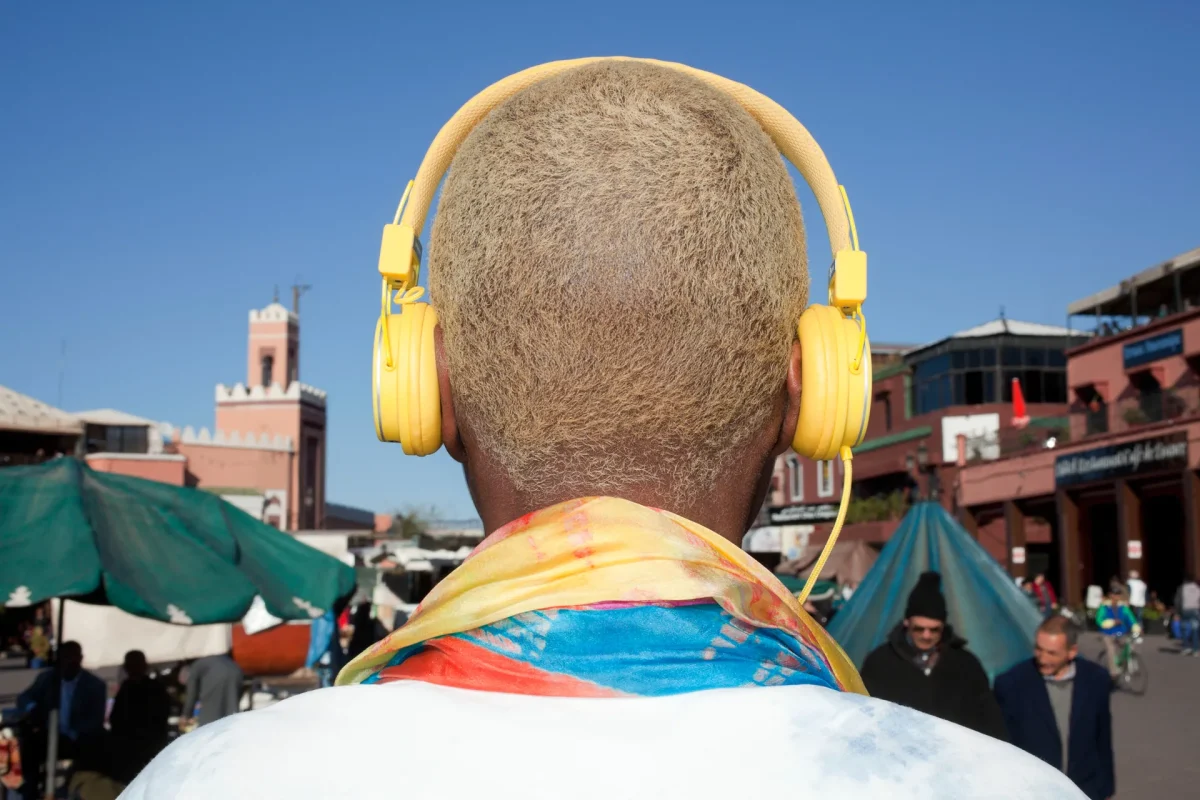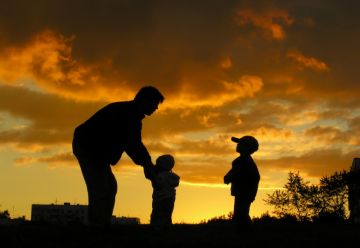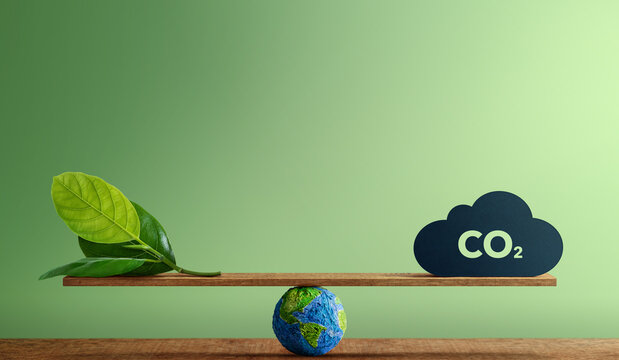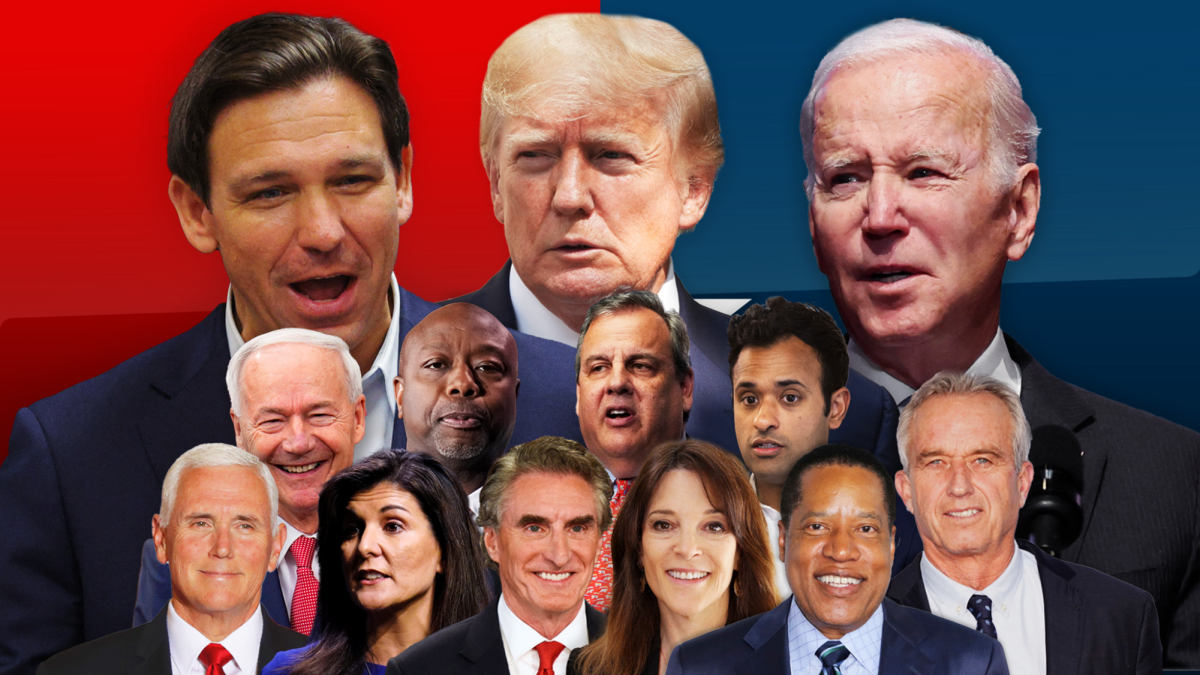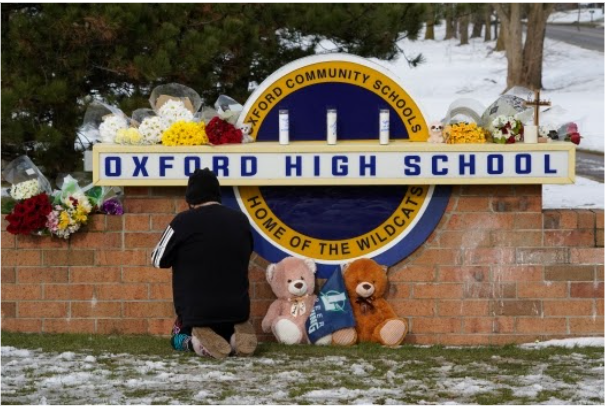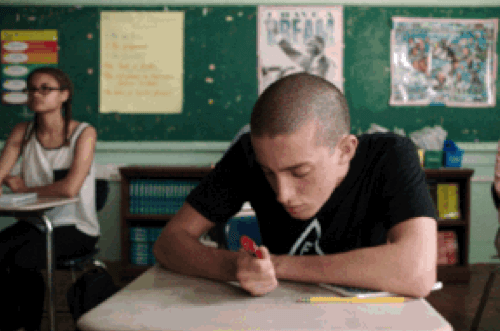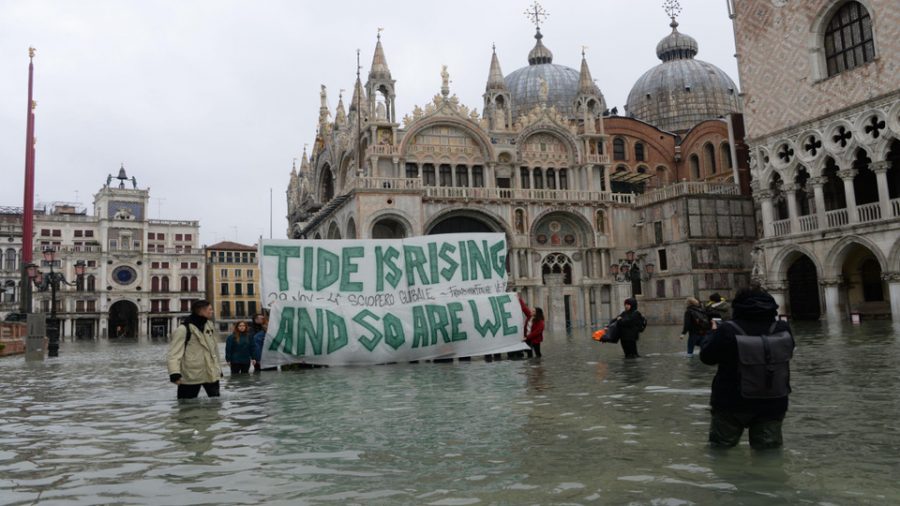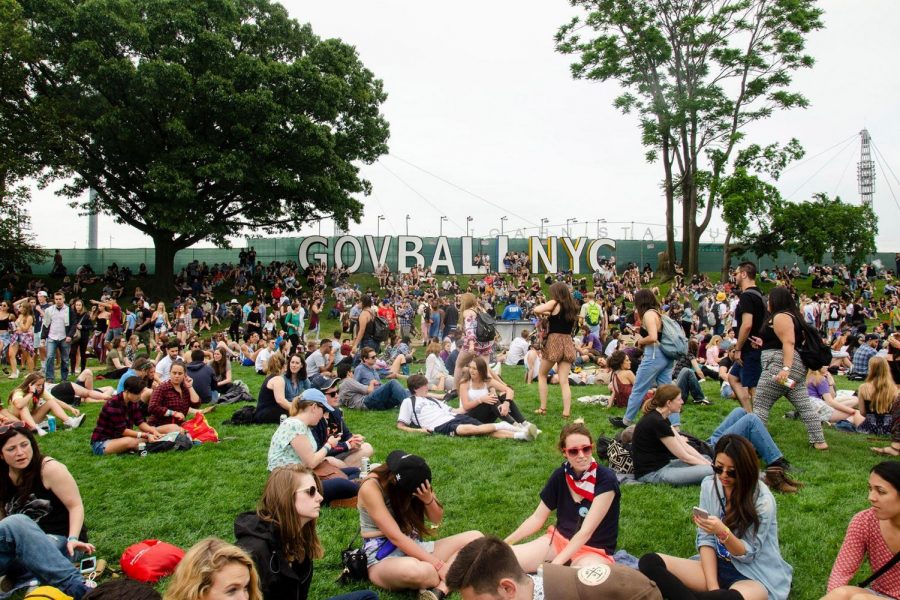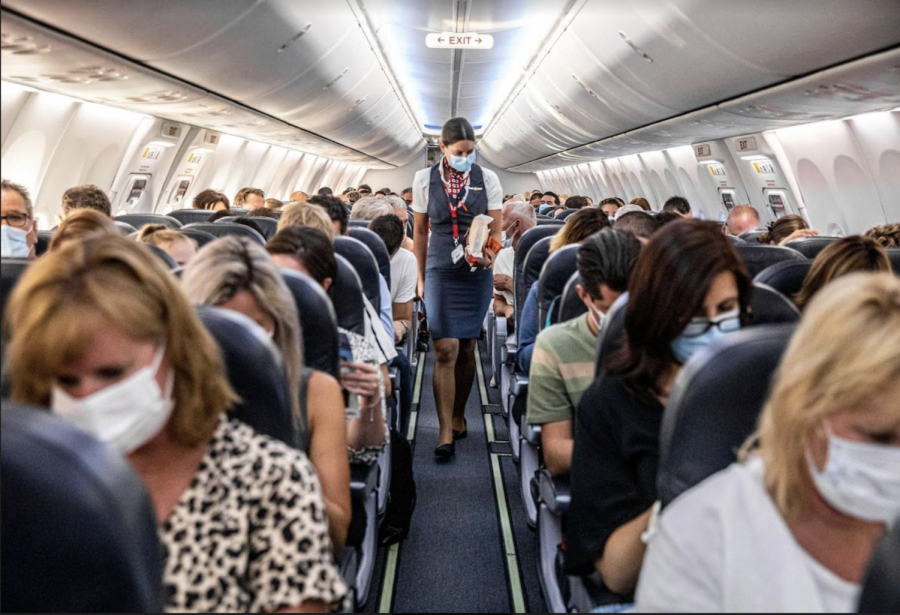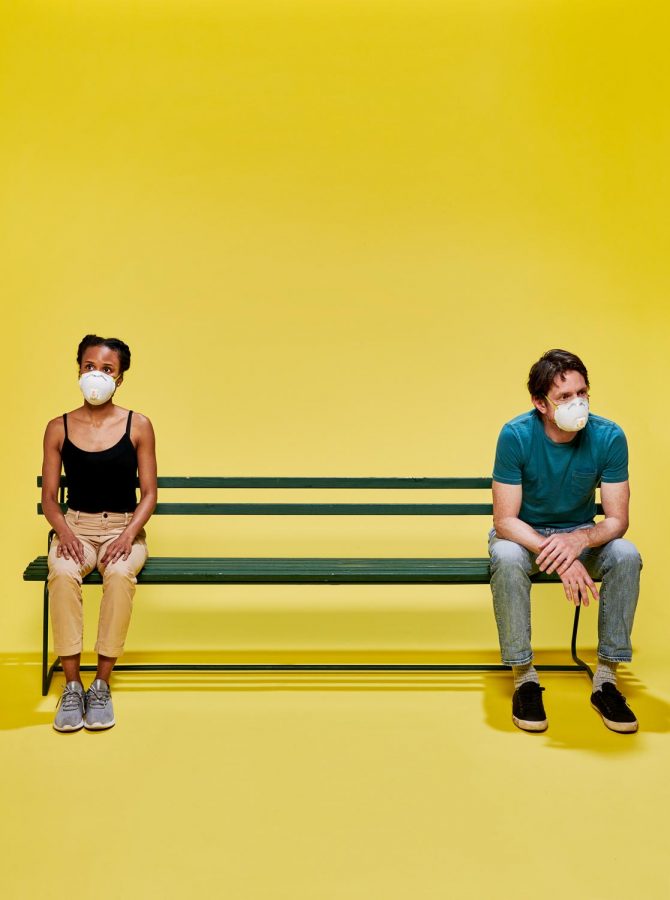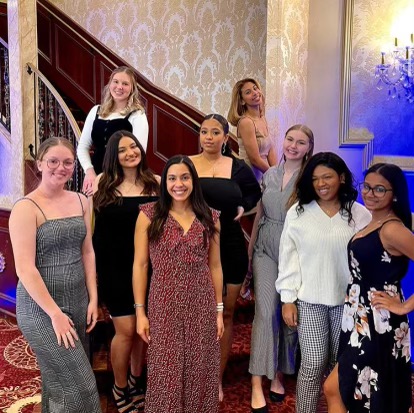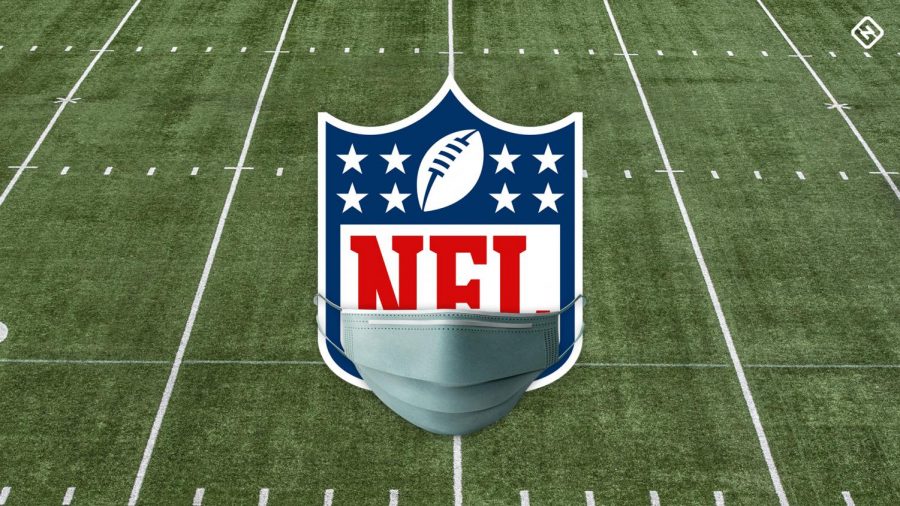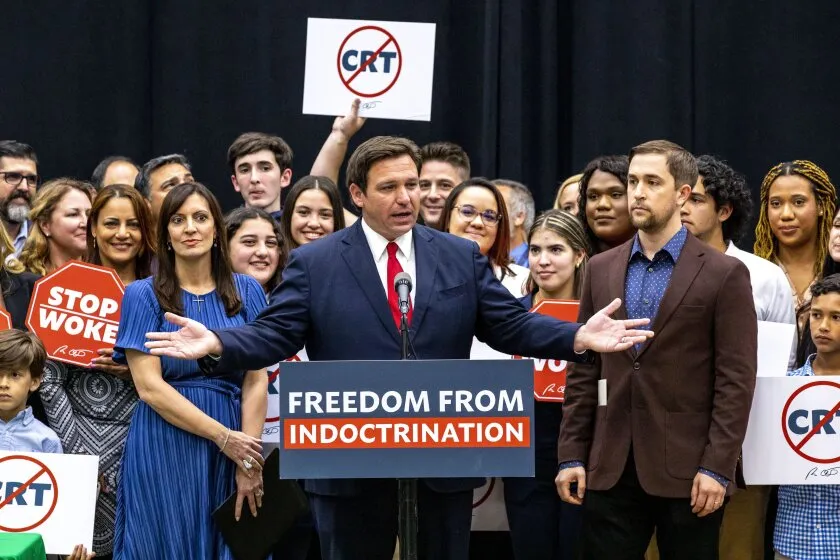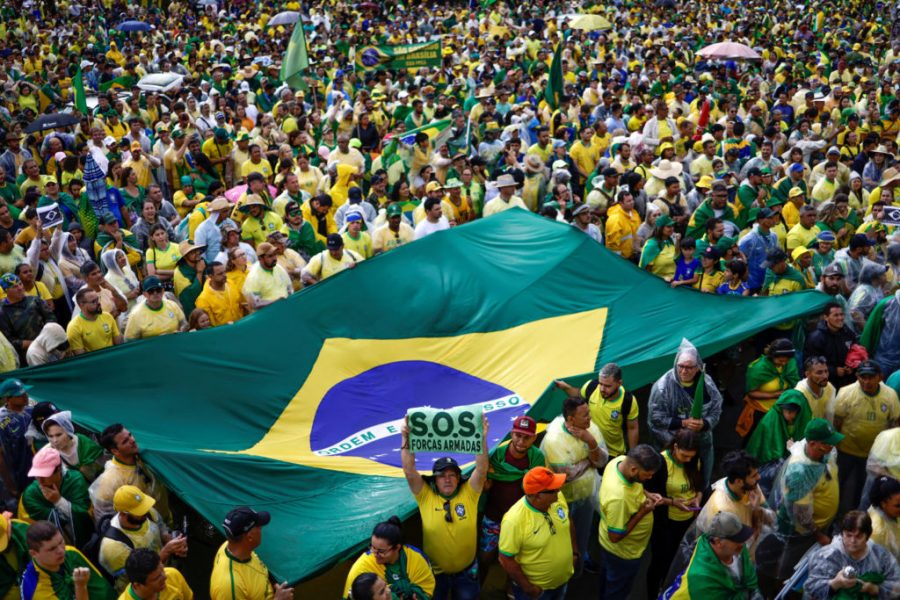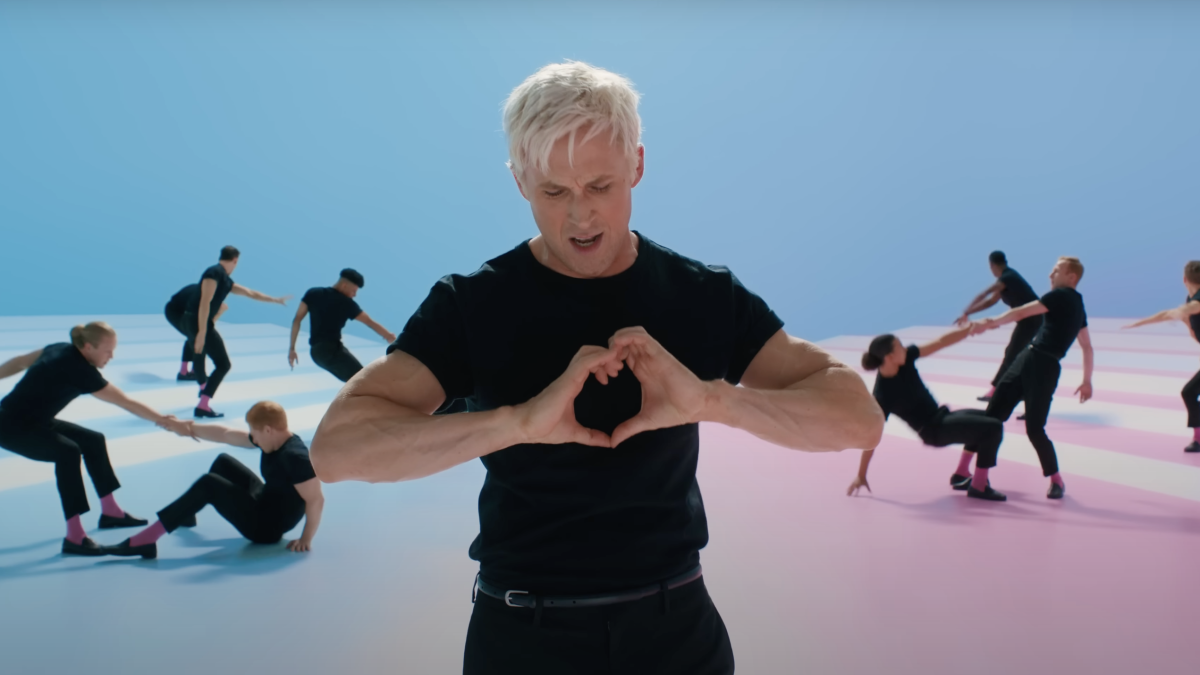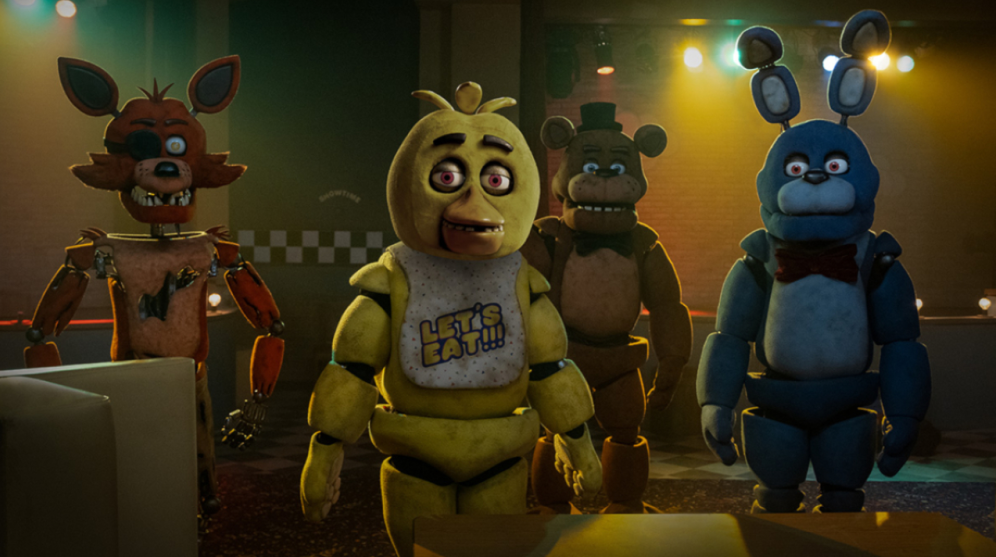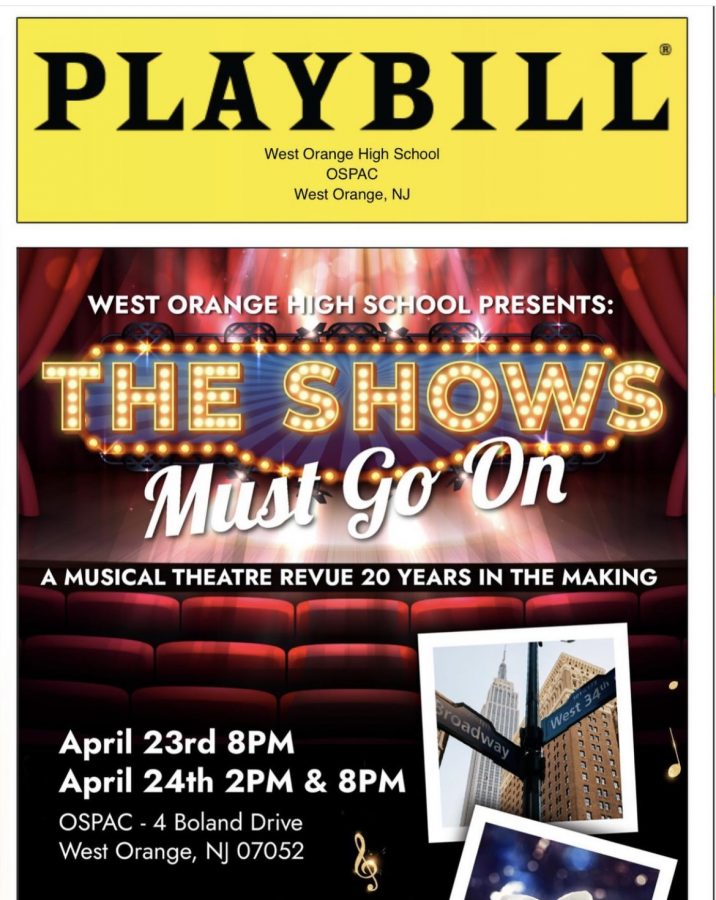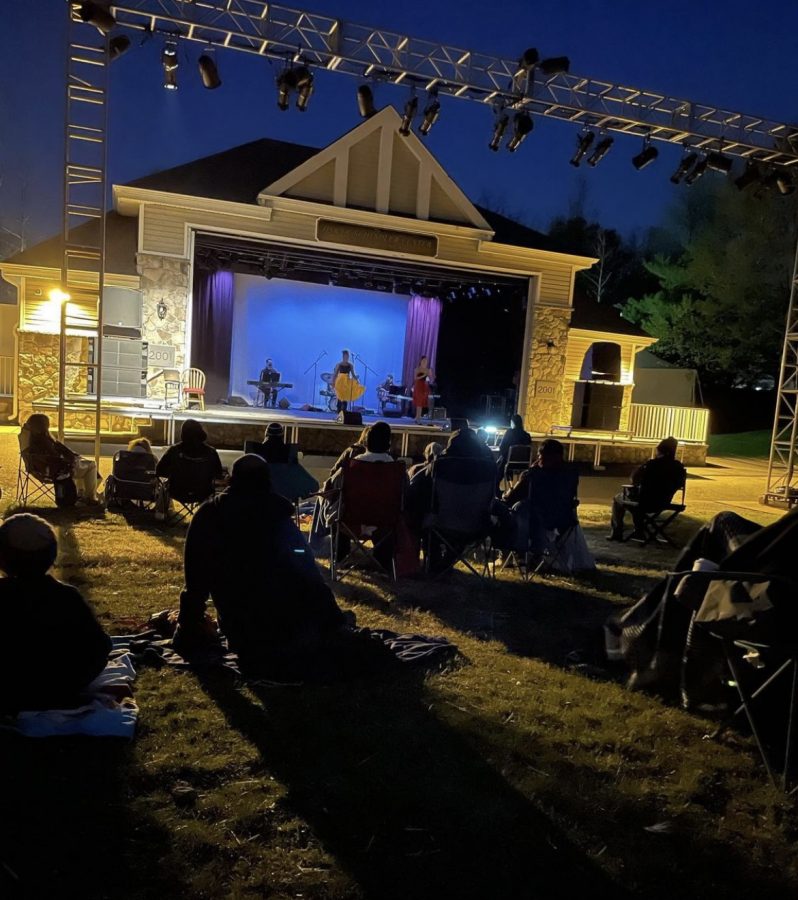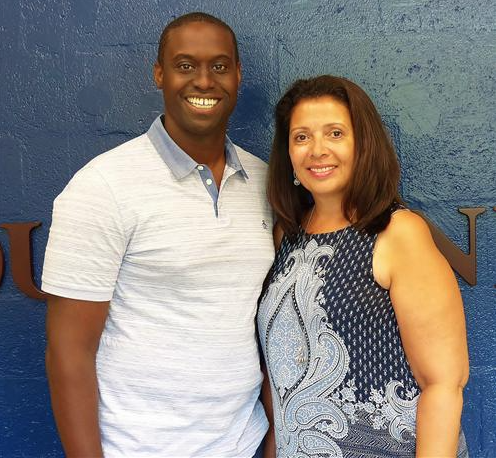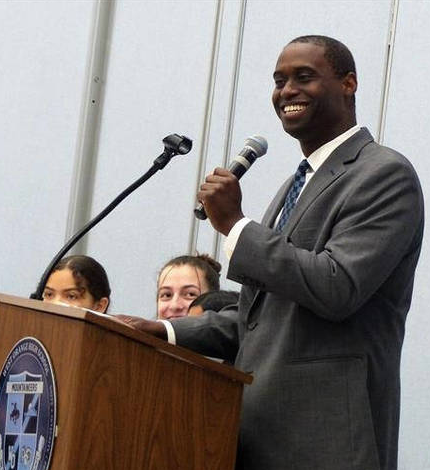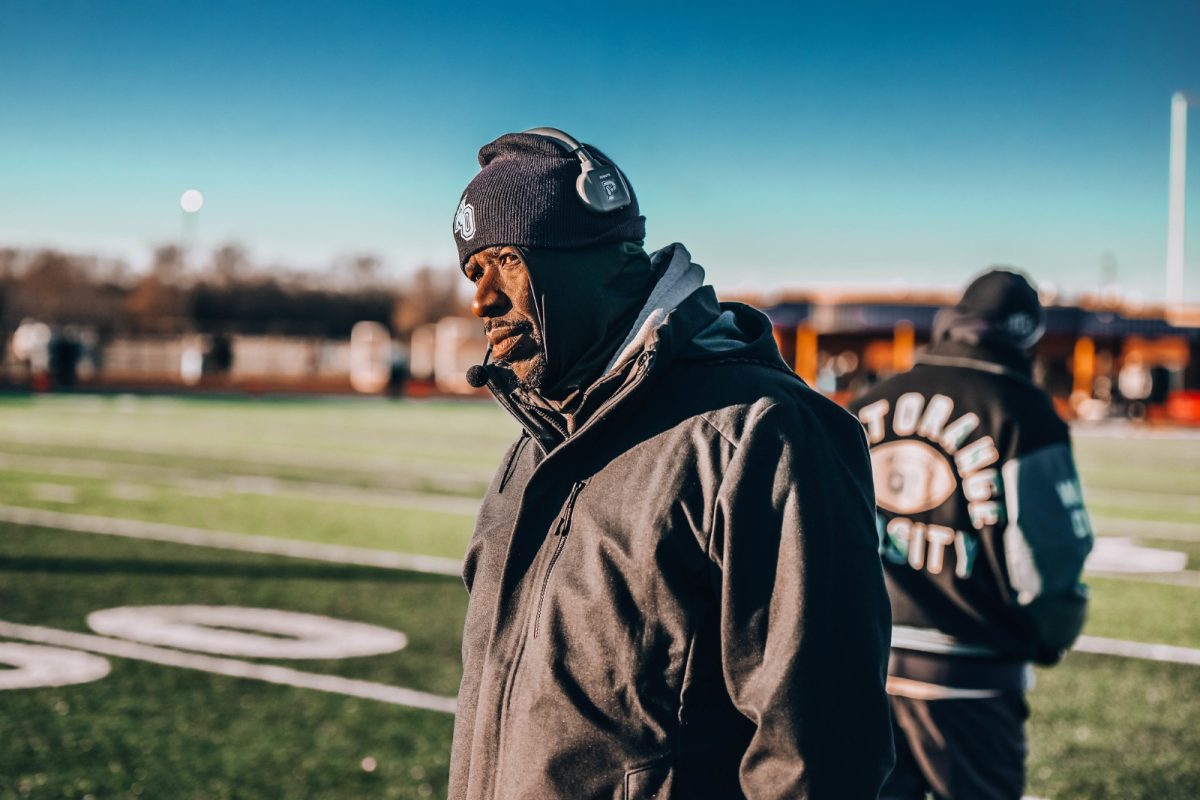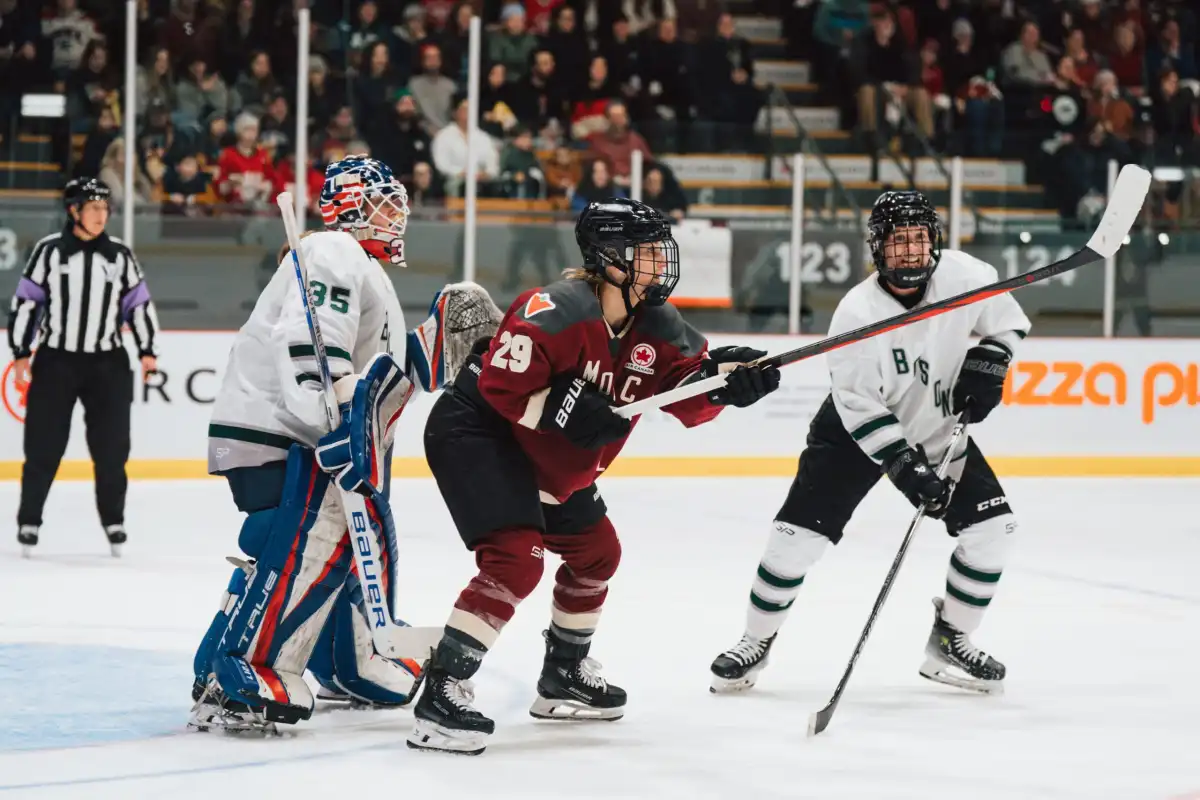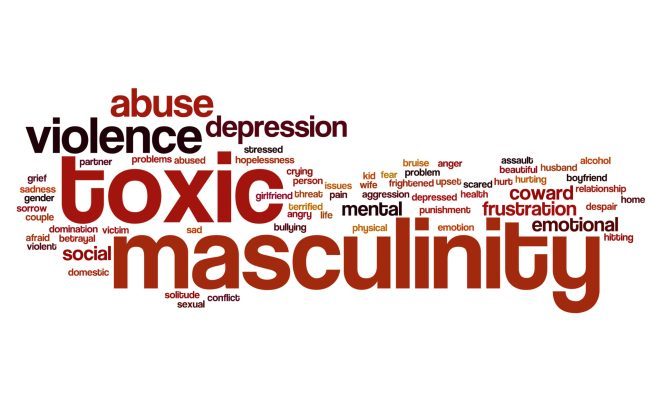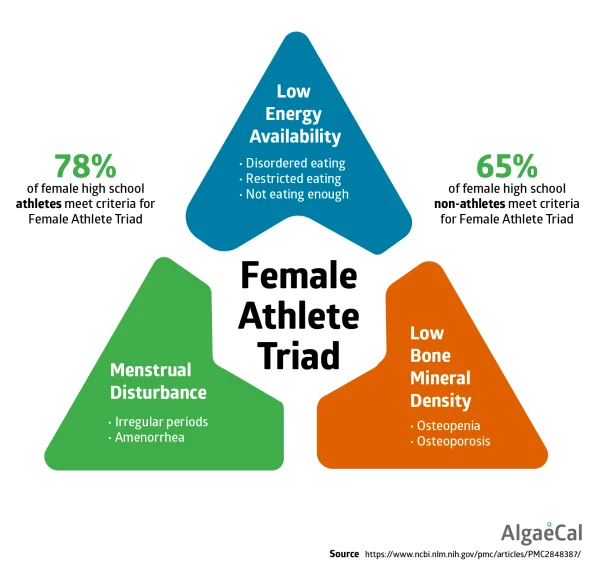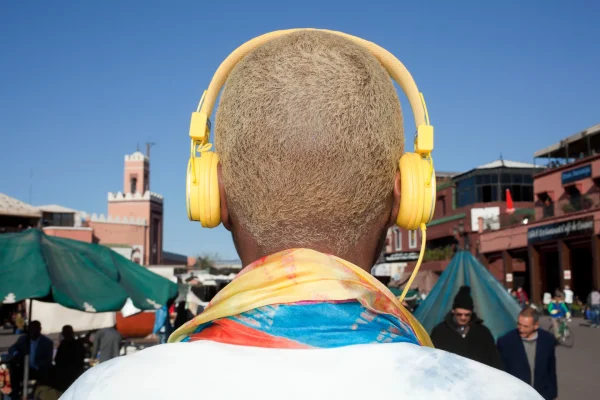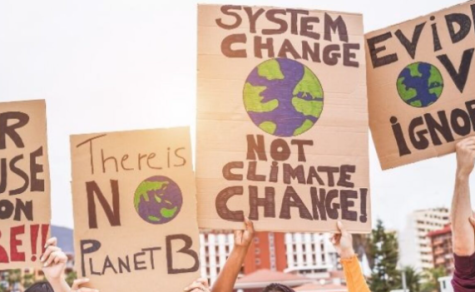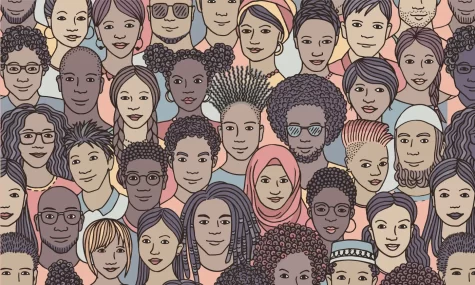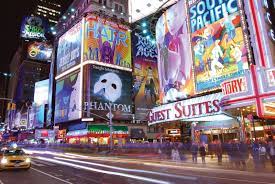How Toxic Masculinity Affects the Perception of Gay Men and Women
Toxic masculinity word cloud concept
Within society’s perception of the LGBT community lies a clear bias: an overall fetishzation of lesbian and bisexual women, and an ultimate disapproval of gay men. But what causes such a major difference in the way that men view the LGBT community?
Toxic masculinity, which refers to society’s strict standards for men to be strong, athletic and emotionless, places fear in men that they will be seen as weak if they act otherwise. This leads them to place a negative label on anything that seems weak or “feminine”, like using emotions to create art, or having a lack of interest in sports. Over the years, the word “gay” has become a derogatory term used to belittle and negatively label men as weak. This in turn, has lead some men to perceive gay men as below them simply because they don’t represent what society labels as masculine.
Toxic masculinity can be very dangerous for impressionable young men, as it leads them to a misunderstanding that their sexuality as “real men” is restricted to heterosexuality. This heteronormative standard completely suppresses the sexuality of young men, because before they can personally understand it, a stigma is already placed around homosexuality. Such a negative perception of homosexuality can cause a lot of shame within questioning boys who don’t necessarily relate to what society perceives as a “real man”, and puts them at a higher risk for suicide than those who identify as heterosexual.
Essentially, this puts a lot of pressure on men to act more sexually aggressive toward both women who are straight and apart of the LGBT community. With that being said, toxic masculinity can easily be the reason why 85 percent of women experience catcalling before the age of 17 and worse, 1 out of 6 women experience sexual assault in college.
Aside from sexual harassment and assault in our society, lesbian and bisexual women are subject to sexualization from men. Ever wonder why lesbian and bisexual women are more accepted the gay and transgender community? It’s because, for the most part, they’re not. Accepting a sexuality, and fetishizing it are two very different things. Often times, bisexual women are seen merely as sexual objects, or a challenge for men to fulfill their sexual desires. We see this a lot within the media, where bisexual as well as lesbian women are degraded and used as props in music videos.
Because of toxic masculinity, there is a major misunderstanding of women who identify as lesbian or bisexual. This leads them to assume that bisexuality is a “just a phase” and even that it doesn’t exist at all. But what are the dangers of such a degrading perception of LGBT women? CNN reports that 48 percent of bisexual girls are the most vulnerable among the bisexual community, and have considered suicide. In a survey, CNN also found that “40% of girls who identify as lesbian said they seriously considered suicide in the past year.”
Considering the danger that it brings, how can our society improve the perception of the gay men and women community? The first step would be to include LGBT advocacy groups such as GLSEN (the Gay, Lesbian and Straight Education Network) within the education system. If young boys and girls learned about the LGBT community at a younger age (perhaps in their health classes), their perception of it wouldn’t be so widely influenced by toxic masculinity. Being educated about sexuality from a standpoint that is not influenced by heteronormative attitudes would eliminate the stigma that homosexuality faces. This would make it easier for questioning young men and women to take pride in their sexuality rather than feel ashamed about it.
Taking an educational approach toward improving the perception of the LGBT community could save lives, mend broken families, and create a better life for the people who experience hate for their sexual orientation.
